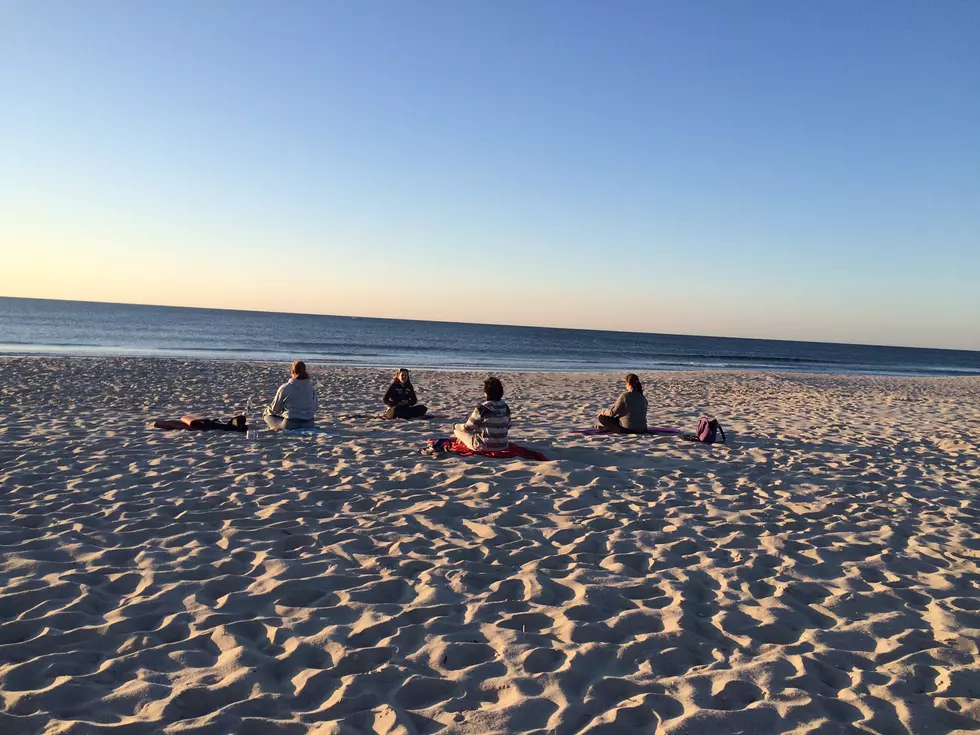
Extreme Hot Weather is Impacting the Barnegat Bay
Not only is the hot and dry weather affecting people, it's also having an impact on the Barnegat Bay Watershed as temperatures in and around the giant estuary continue to climb.
Barnegat Bay Partnership Director Dr. Stan Hailes says drought years in general are bad for the bay. "Some of the worst brown tides that have occurred, have occurred during warm dry years." He says anytime the temperatures get unseasonably warm it just places more stress on all of the oxygen consuming organisms in the water.
Hailes says they're even seeing a subtle change in aquatic life. "We're seeing lots of juvenile Pin Fish and lots of Atlantic Needle Fish. Both of those species are very common in estuaries south of Cape Hatterus. I think most fish biologist would consider them uncommon up here."
An increase in microscopic plants called Phytoplankton has also been detected in aerial monitoring of the Ocean and Bay waterways being conducted by the State Department of Environmental Protection (NJDEP). Hailes says "when these phytoplankton die in the water they release these materials and they kill other things in the water column and that can drive the oxygen levels down." He says it also contributes to what's known as the 'Brown Tide', something the State is monitoring for because it's toxic to marine and human life.
The group has expanded its Jelly Fish monitoring program to include the Toms River and the Metedeconk Beaches as well as bay beaches in Ocean Gate and Lavellette. Hailes says the numbers of jelly fish are starting to increase and the patterns are similar to what they saw last year. He says they're also seeing another species of jelly fish, moon jelly, in greater numbers. It doesn't present any problems for swimmers.
More From 92.7 WOBM









